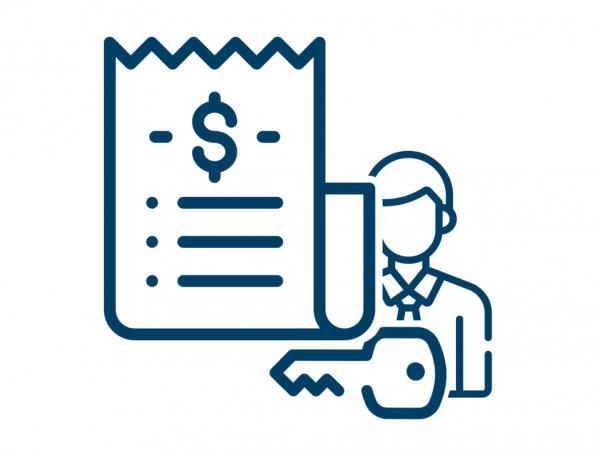In CRE, “expenses included in gross rentals” represents those property expenses invoiced by the landlord to the tenant.
These paid-ultimately-by-tenant expenses will appear as line items on the rental invoice. Such expenses are generally paid by the landlord and then recovered from the tenant. They are thus an “in and out” on the landlord’s property income statement. (It is understood that landlords do not make a margin on these costs)
In the instance of a multi-tenanted property, these costs may be allocated pro-rata to tenants, based on GLA, or another metric.
Note: The term landlord can mean either the owner (aka property fund) or, if applicable, their representative (i.e. a property manager).
In a “triple net lease”, these “expenses included in gross rentals” plus the “expenses included in net rentals” are borne by the tenant. I.e. the landlord’s rental cheque goes straight to the net profit on the income statement – without any deductions.
Note: there are no “hard and fast” rules in CRE generally (and, specifically, the determination of net or gross rentals by landlords). Prospective landlords can choose which expenses they include in their net rentals, and which expenses they push on to their tenants in gross rentals. The end lease terms and conditions are subject to negotiation** between all parties.
Examples of “expenses included in gross rentals”
- Operating costs (a blanket term for some or all of the below individual expenses)
- Rates and taxes
- City improvement district or park levies
- Generator costs
- Back up water supply costs
- Security
- Other “common area” expenses
Those expenses not included in gross rentals are either:
- Paid by the landlord (i.e. expenses included in net rentals), or
- Invoiced directly to the tenant, or
- Variable costs dependent on tenant consumption activity – such as electricity and water
Some points on “operating costs”
“Operating costs” represent a combination of property-related costs. For example, back up water supply, plus rates and taxes recovery, plus security, plus cleaning and hygiene.
They are a bit of a misnomer.
- Sometimes all the costs between net rental and gross rental are called, collectively, operating costs.
- Other times operating costs are listed alongside other individual “expenses included in gross rental” on an invoice.
Budgeting for future financial obligations
The recovered expenses paid to third parties may escalate at a different rate to the landlord’s net rental.
In certain instances, landlords have negotiated escalations with service providers and can provide visibility on such escalations. In other instances, such as rates and taxes, landlords (and thus tenants) are “price takers”.
Our recommendation to industry outsiders
When signing or renewing a lease, consider leaning on the expertise of an independent, well-rated, experienced CRE professional to advise you through the complexity. Here is an article unpacking just some of the complexities that need to be considered during this process.








